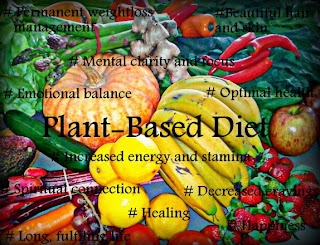Want to effectively reduce your body/fat% to YOUR body's ideal range? The recommended healthy body fat % for women is around 21 to 24% and for men 14 to 17 %. Though the average for our population is 31+ for women and 25+ for men. Government recommendations do not account for the uniqueness of individuals, and their height, bone structure, their genes, etc, etc. So what might be completely necessary for your body may not always be what is recommended to you by your doctor or fitness instructor.
The percentage of essential fat is 3–5% in men, and 10-16% in women. Anything above this depends on your body, your needs, your fitness level, your diet, etc. At the beginning of my journey to good health, my body fat % was around 32%, even though I didn't appear to be overweight at all (which is often the case, fat cells can be snug around your organs), however after switching to a vegan, sugar, wheat and gluten free diet, and taking up some light exercise my body fat % dropped to 17% and fast.
My switch in diet and lifestyle was very drastic, and I was and still learning as I go. Much of my personal changes come through trial and era, and my diet improved once I began to fully understand the intake of calories, dietary needs, optimal intake of nutrients, and most importantly how to balance the body's pH. After adjusting and stabilising my diet to my needs my body's fat % has gone up to 19% (mostly from increasing my intake of healthy fats, nuts and fruits) which is ideal for my current fitness level. As my fitness goes up, my body fat % will go down.
"The pH scale goes from 0 to 14, with 0 the most acidic, and 14 the most alkaline. The pH of stomach acid is 1, wine is 3.5, water is 7 (neutral), venous blood is 7.35, arterial blood is 7.4, sea water is 8.5, and baking soda is 12. Ideally, our pH should stay on the alkaline side: between 7.35 and 7.45". Any solutions below 7.0 are considered acidic and above 7.0 is considered alkaline.
PLEASE NOTE* Acidic does not mean unhealthy, in fact some of the most healthy, nutritious foods are acidic. Also, acidic doesn't mean the taste and texture of a food, is simply means how the food reacts in the body. For example: a lemon may be "acidic", but it's effect in the body is very alkalising.
The ideal ratio for health and fitness should be an intake of 4 parts alkaline 1 part acidic. This is given that you do regular exercise, as acidity in the body goes up with exercise, if your lifestyle is not physically demanding you could have a smaller ratio of alkaline foods.
So here, in learning to balance your body's pH, you learn to achieve your ideal body fat percentage. Often people that exercise regularly, and eat a considerably clean diet still have a hard time reducing their body fat %, and this can be almost completely narrowed down to your body's pH.
For detailed information and a list of acidic and alkaline foods, both healthy and unhealthy, I highly recommend the following link to read: http://www.angelfire.com/az/sthurston/acid_alkaline_foods_list.html
Xx Samara.










